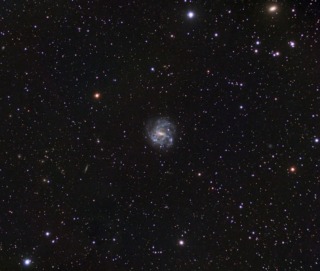
- Constellation: Virgo
- Right Ascension: 13h 18m 54.8s
- Declination: −21° 02′ 21″
- Distance: 22 million ly
- Galaxy Type: SB(s)d
Spiral galaxy located in Virgo with a central bar.
- Details
- Category: Galaxies
- Telescope: Explore Scientific 127 Refractor
- Camera: ZWO 2600 MM
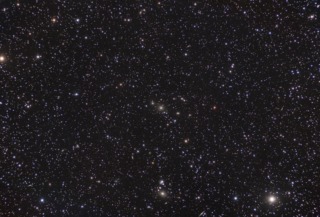
- Constellation: Lacerta
- Right Ascension: 22 24 11.074
- Declination: +36 07 33.03
- Distance: 300 million ly (approx)
- Galaxy Type: E2
NGC 7274 is an elliptical galazy located in the constellation of Lacerta along with other galaxies.
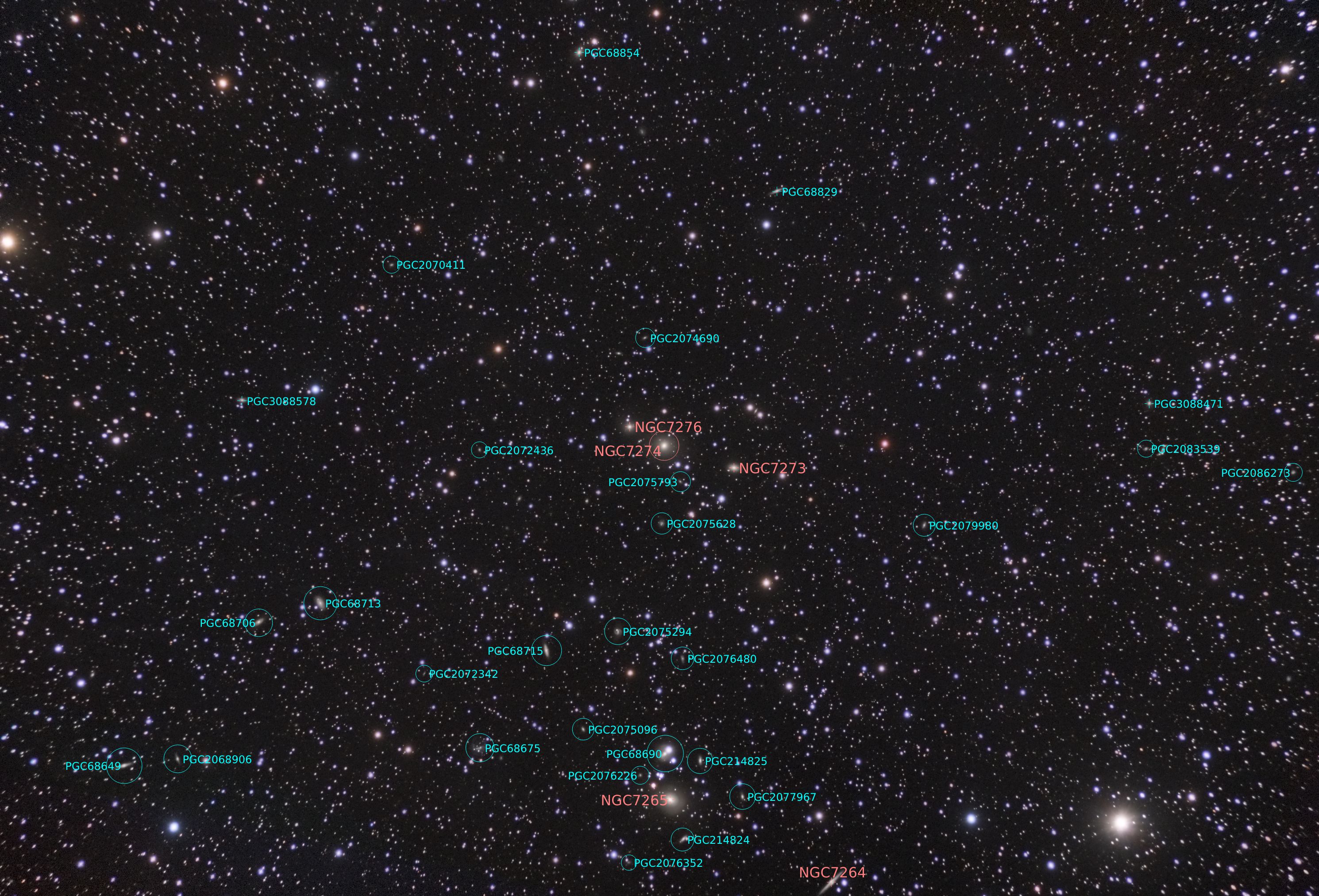
- Details
- Category: Galaxies
- Telescope: Explore Scientific 127 Refractor
- Camera: ZWO 2600 MM
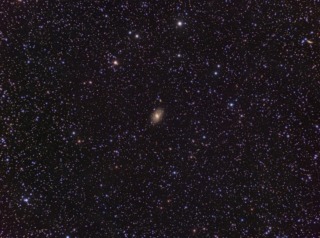
- Constellation: Perseus
- Right Ascension: 03h 03m 34.756s
- Declination: +46° 23′ 10.74″
- Distance: 114 million ly
- Galaxy Type: SAB(r)b
NGC 1169 is an intermediate barred spiral galaxy located in Perseus. Various more distant galaxies are also visible in the field of view.
- Details
- Category: Galaxies
- Telescope: Explore Scientific 127 Refractor
- Camera: ZWO 2600 MM
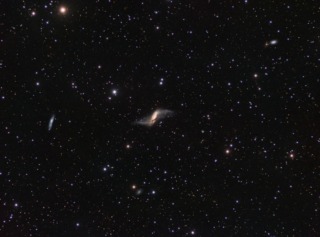
- Constellation: Pisces
- Right Ascension: 01h 43m 02.4s
- Declination: +13° 38′ 42″
- Distance: 45 million ly
- Galaxy Type: SB(s)a pec
NGC 660 is an example of an "almost" polar ring galaxy where a ring of material encircles the poles of a galaxy. The ring in NGC 660 most likely formed from a galaxy collision a billion years ago. The host galaxy is lenticular type of galaxy.
- Details
- Category: Galaxies
- Telescope: Explore Scientific 127 Refractor
- Camera: ZWO 2600 MM
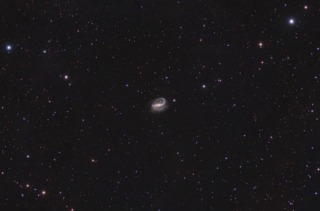
- Constellation: Pegasus
- Right Ascension: 23h 04m 56.6s
- Declination: +12° 19′ 22″
- Distance: 105 million ly
- Galaxy Type: SB(s)c
NGC 7479 is a barred spiral galaxy located in Pegasus. A prominent bar along with some what asymmetrical arms are visible. The asymmetry is probably due to a recent merger as the galaxy is still undergoing star burst activity throughout the galaxy.
- Details
- Category: Galaxies
- Telescope: Explore Scientific 127 Refractor
- Camera: ZWO 2600 MM
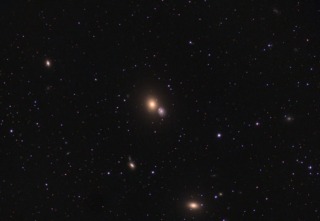
- Constellation: Virgo
- Right Ascension: 12h 43m 32.3s
- Declination: 11° 34′ 55″
- Distance: 56 million ly - 63 million ly
NGC 4647 is an intermediate spiral galaxy, and Messier 60 is elliptical galaxy that are just beginning to interact with each other. The pair of interacting galaxies are cataloged as Arp 116, which is a catalog of interacting galaxies. The pair are a part of the Virgo galaxy cluster.
Annotated image follows.
- Details
- Category: Galaxies
Read more: NGC 4647 and Messier 60, Dance of Galaxies.
- Telescope: Explore Scientific 127 Refractor
- Camera: ZWO 2600 MM